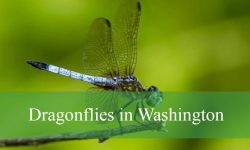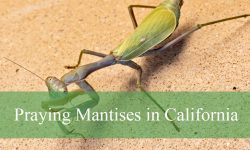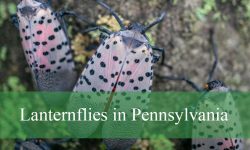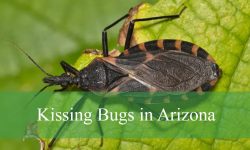North Carolina is home to a dazzling variety of fireflies, each with its own unique flashing pattern and habitat preference. From the familiar Big Dipper Firefly to the enchanting Blue Ghost, these glowing insects light up the state’s summer nights in spectacular ways.
The diversity of fireflies here spans meadows, wetlands, forests, and even suburban backyards. Some species create quick bursts of light, while others glow continuously, transforming the landscape into a natural light show. Their presence is not only beautiful but also an important part of the ecosystem.
Learning to recognize different firefly species adds to the magic of summer evenings. By understanding their characteristics and habitats, you can better appreciate these fascinating insects and know where and when to find them across North Carolina.
Different Types of Fireflies Found in North Carolina
Common Eastern Firefly (Photinus pyralis)
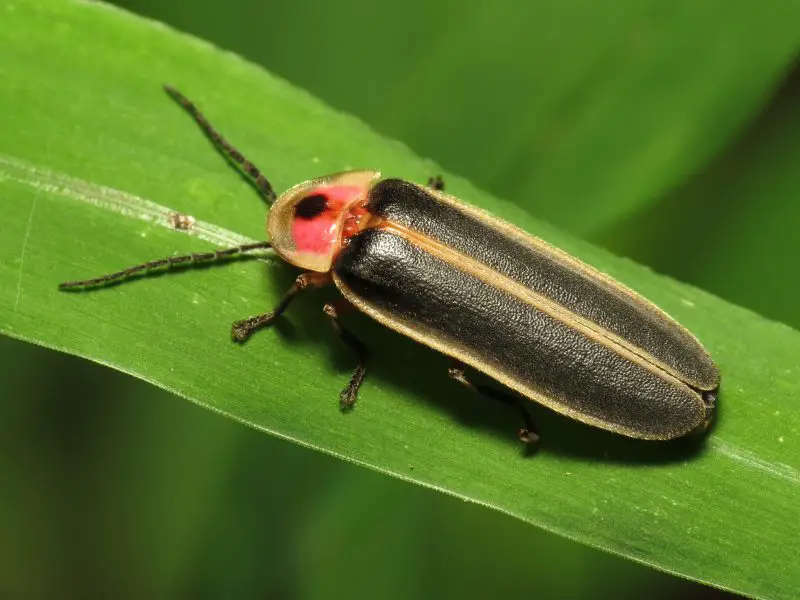
The Common Eastern Firefly is the most widespread firefly in North Carolina and across the eastern United States. Adult males are easily recognizable by their bright yellow-green flashes, which follow a distinctive “flick–flick–pause” pattern used to attract females. Females, typically wingless or weak fliers, respond with a single short flash, allowing mating communication.
These fireflies thrive in open fields, gardens, and forest edges. They are most active at dusk during warm summer evenings, making their flashing patterns easy to observe. Larvae develop in moist soil or leaf litter, preying on small invertebrates such as snails and worms, which contributes to natural pest control.
The Common Eastern Firefly is relatively tolerant of suburban environments, though heavy pesticide use and habitat destruction can reduce local populations. Males often fly in zigzag patterns while flashing, making them easy to identify in the field.
Conservation efforts emphasize maintaining moist, vegetated areas and limiting artificial light at night. By providing these habitats, enthusiasts can enjoy their spectacular displays each summer.
Synchronous Firefly (Photinus carolinus)
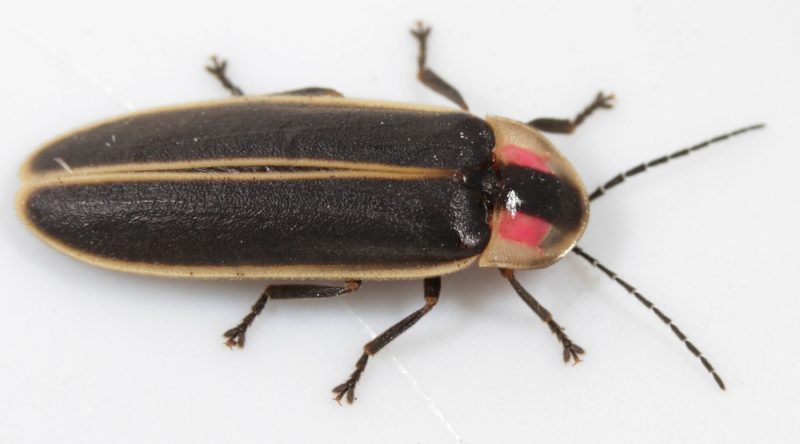
Synchronous Fireflies are famed for their near-perfect synchronized flashing, particularly in the Great Smoky Mountains. Each male emits brief flashes in harmony with others, creating waves of light along riverbanks and forest paths. This phenomenon usually occurs during a short summer window, often in June.
These fireflies prefer moist, wooded environments near streams and rivers. Females respond selectively to male flashes, which can help researchers study mating patterns and population density. The synchrony likely evolved to enhance mating efficiency in dense habitats.
Adult Synchronous Fireflies are active mainly at twilight, with flashes lasting milliseconds. Larvae live in leaf litter or soil, feeding on snails, worms, and other soft-bodied invertebrates, playing a vital role in the forest ecosystem.
Because of their brief display period, Synchronous Fireflies have become a major attraction for eco-tourism. Preservation of riverine forests and limiting light pollution are essential for maintaining these natural spectacles.
Blue Ghost Firefly (Phausis reticulata)

The Blue Ghost Firefly is easily distinguished by its ethereal, bluish glow, which differs from the typical yellow flashes of most fireflies. Males float just above the forest floor, emitting a steady, ghostly light to attract females. The glow is continuous rather than flashing, giving it a mystical appearance at night.
These fireflies inhabit damp forests, often in areas with decaying logs and leaf litter. They are most visible from late May through early June in the Appalachian region of North Carolina. The slow, floating flight and blue light make them particularly striking in shaded environments.
Larvae are predatory, feeding on snails and other soft-bodied invertebrates in moist soil. Adults do not feed extensively and focus on reproduction, producing a short-lived but memorable display.
The species is sensitive to habitat disturbance, including deforestation and excessive artificial lighting. Protecting riparian forest zones ensures that future generations can witness their otherworldly glow.
Say’s Firefly (Pyractomena angulata)

Say’s Firefly is notable for its bright orange flashes, which differ from the yellow-green lights of most other Eastern species. Males fly in short, erratic bursts while flashing to attract females perched on vegetation. Females respond with short, timed flashes for mating communication.
These fireflies prefer open meadows, woodland edges, and areas near streams. They are most active at twilight during the early to mid-summer months. Larvae develop in moist soil, preying on snails, worms, and insect larvae, helping to maintain ecological balance.
Say’s Fireflies are relatively small compared with Common Eastern Fireflies, but their vivid orange glow makes them easy to spot in low-light conditions. Adults are often seen hovering a few inches above the ground, creating scattered points of light.
Conservation of moist meadows and forest edges is crucial, as habitat loss can reduce their numbers. Reducing artificial lighting at night can also improve mating success and population stability.
Marginated Firefly (Photinus marginellus)
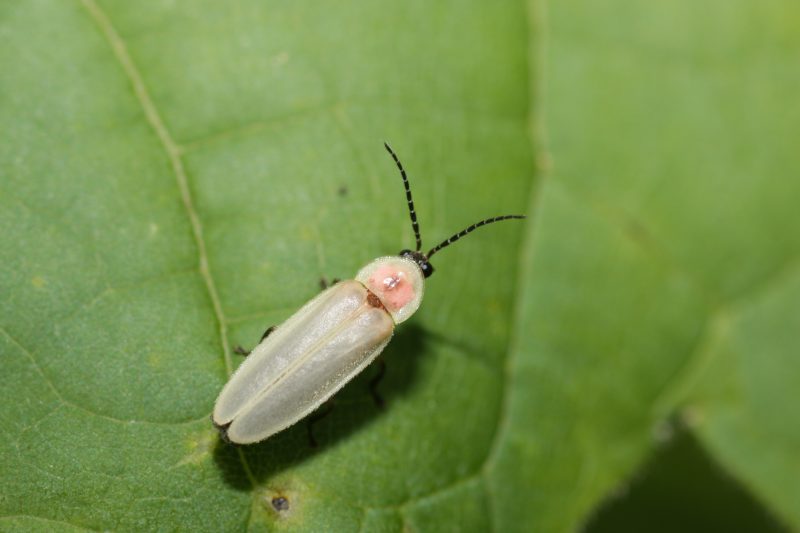
Marginated Fireflies are small, understated fireflies with faint yellow flashes, often overshadowed by larger species. Males fly low over the ground, using short, dim flashes to signal females, which are often sedentary.
They inhabit forests, grassy edges, and shaded gardens where leaf litter is abundant. Larvae develop in soil and decomposing wood, feeding on soft-bodied invertebrates. This makes them important for nutrient cycling and pest control in their ecosystems.
Males exhibit a slow, meandering flight while flashing, making them distinguishable from other Photinus species that have faster, zigzagging patterns. Adults are most active in late spring to early summer, depending on local climate conditions.
Because of their low visibility, Marginated Fireflies are less affected by artificial lights than brighter species. However, preserving moist forest floors and limiting pesticide use helps maintain healthy populations.
Long-crescendo Firefly (Photuris lucicrescens)
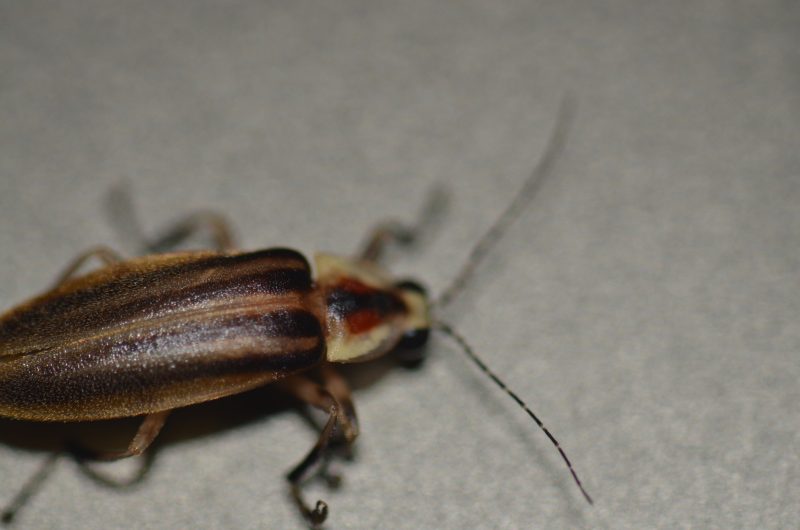
The Long-crescendo Firefly is known for its gradually intensifying flashes, earning it the nickname “July Comet.” Males fly slowly through the forest, increasing the duration and brightness of each flash to attract females perched on vegetation.
These fireflies prefer moist deciduous forests and shaded woodland areas. Their activity peaks in mid-summer, and they are often seen along forest edges where humidity is higher. Larvae live in leaf litter and feed on snails, worms, and other small invertebrates.
Adult Long-crescendo Fireflies do not feed extensively, focusing mainly on reproduction. Their unique light pattern makes them easy to distinguish from other Photuris species, especially during peak display periods.
Conservation of forest habitats and minimizing artificial lighting are crucial for maintaining their populations. These fireflies are sensitive to habitat fragmentation, so preserving contiguous woodland areas is important.
Versicolor Firefly (Photuris versicolor complex)
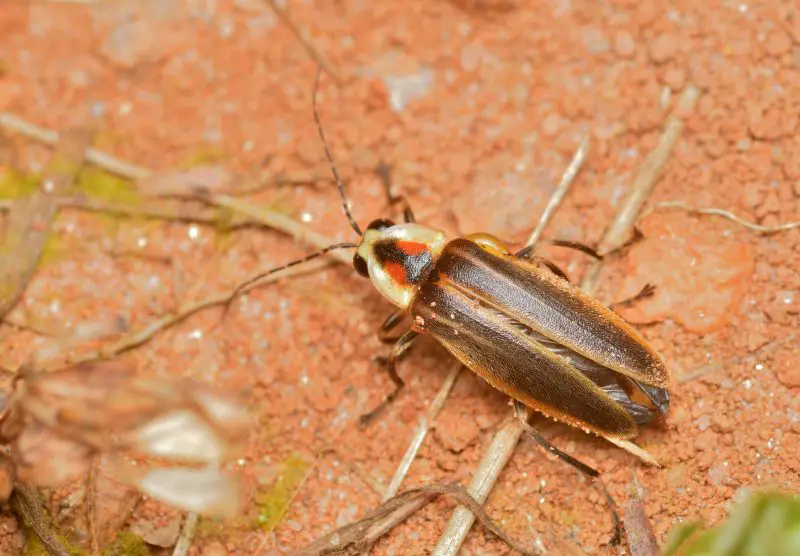
Versicolor Fireflies are part of a species complex, meaning multiple closely related species share similar appearances and behaviors. Males emit intermittent, multi-pulse flashes to lure females, with timing varying among individuals and locations.
They inhabit woodland edges, meadows, and riparian zones. Larvae live in moist soil, preying on soft-bodied invertebrates, which helps regulate local insect populations. Adult activity is concentrated in late spring and early summer.
Males are capable of aggressive mimicry, sometimes imitating the flash patterns of other firefly species to attract prey, particularly females of other Photinus species. This predatory behavior distinguishes them from non-mimicking fireflies.
Protecting natural woodland edges and limiting night-time lighting supports their survival. Their populations may decline with excessive habitat disturbance or pesticide use.
Pennsylvania Firefly (Photuris pennsylvanica)
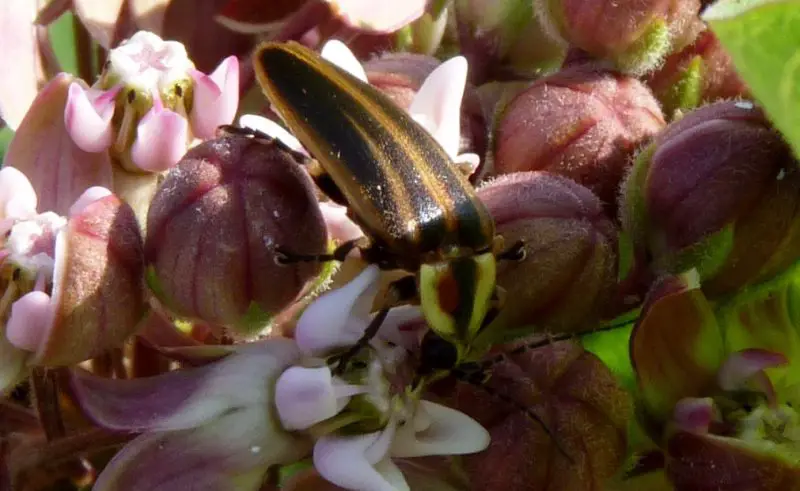
The Pennsylvania Firefly, also called the Dot-dash Firefly, displays flashes in a distinct dot-dash rhythm that makes identification straightforward. Males fly over forest floors, signaling females with their characteristic sequences.
These fireflies prefer mixed hardwood forests and shaded meadows. Larvae feed on snails and worms within the moist soil layer, contributing to nutrient cycling. Adults are typically active from late May through July.
Males fly low and hover while signaling, making their rhythmic flashes highly visible in the evening. Females respond selectively, allowing for efficient mate selection.
Maintaining forested areas with dense leaf litter and minimizing artificial light improves reproductive success. This species is more tolerant of shaded habitats than some open-field fireflies.
Eastern Firefly (Photinus consimilis)

Eastern Fireflies are medium-sized, with yellow-green flashes that resemble the Common Eastern Firefly, though their patterns are slightly different. Males fly in short zigzag patterns while flashing to attract females perched nearby.
These fireflies inhabit open woods, meadows, and forest edges, thriving in areas with moist soil and leaf litter. Larvae develop underground, preying on snails and small invertebrates, helping maintain ecological balance.
Adults are most active in early summer evenings, with peak activity occurring at dusk. Their slightly irregular flash patterns allow them to be distinguished from P. pyralis in field observations.
Conservation efforts for Eastern Fireflies include protecting forest edges and limiting the use of bright lights at night, which can interfere with mating signals.
Black Firefly (Lucidota atra)
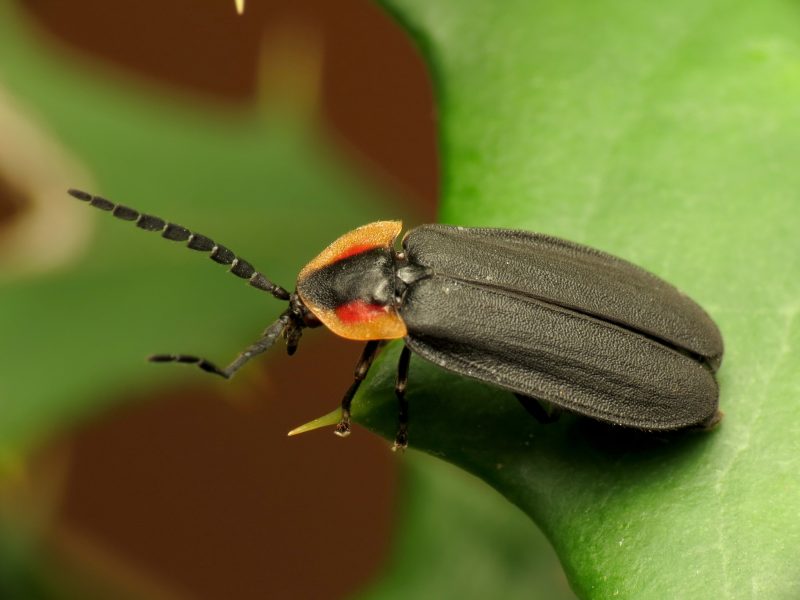
The Black Firefly is a small, dark-colored species with dim, short flashes. Unlike brighter fireflies, its light is weak and often barely visible from a distance. Males fly close to the ground while signaling females.
They are typically found in moist forests, leaf litter, and shaded woodland areas. Larvae feed on small invertebrates in soil and decomposing plant matter, playing a role in nutrient cycling.
Adults are active in late spring and early summer but are less conspicuous than other species. Their low-intensity flashes and secretive behavior reduce predation risks but also make them less observed by humans.
Maintaining undisturbed forest floors with natural leaf litter is key to supporting Black Firefly populations. Limiting pesticide use also helps ensure their larvae survive and develop into healthy adults.
Best Time to Observe Fireflies in North Carolina
The best time to watch fireflies in North Carolina is during late spring and early summer, typically from late May through July. Most species, including the Common Eastern Firefly (Photinus pyralis) and Synchronous Firefly (Photinus carolinus), become active shortly after sunset. Twilight, roughly 30 to 90 minutes after the sun goes down, is when their bioluminescent displays are most visible. Warm, humid nights encourage activity, while rain or strong winds can reduce sightings.
Peak Seasonal Activity
Each species has its specific peak period. Synchronous Fireflies are most visible in early June, when large groups of males flash in near-perfect synchronization. Blue Ghost Fireflies (Phausis reticulata) reach their peak slightly earlier, from late May to early June. Observing during these seasonal windows increases the chance of witnessing unique displays.
Best Locations to Observe Fireflies
Forests and Woodlands
Moist deciduous forests, especially near streams and rivers, are ideal habitats for species such as Blue Ghost Fireflies and Pennsylvania Fireflies (Photuris pennsylvanica). These areas provide the shaded, humid environment that fireflies need for larval development and adult activity.
Open Fields and Meadows
Open fields, garden edges, and meadows are perfect for Common Eastern Fireflies and Say’s Fireflies (Pyractomena angulata). These locations offer ample space for males to fly and display their characteristic flashes to attract females.
Parks and Protected Areas
Protected areas such as Great Smoky Mountains National Park and Pisgah National Forest provide excellent viewing opportunities. Minimizing light pollution in these areas helps fireflies communicate and makes their displays more spectacular.
Observation Tips
Being patient and quiet is important, as sudden movement or bright lights can disrupt firefly activity. Avoid using flash photography to protect their mating signals. Bringing a blanket or chair allows for comfortable observation, especially during longer displays like the Synchronous Firefly shows that can last 20 to 30 minutes.
By planning visits during late spring to early summer evenings in forests, meadows, or low-light areas, you can enjoy the glowing Blue Ghosts, the synchronized flashes of Synchronous Fireflies, and the charming signals of other firefly species in North Carolina.
FAQs about Fireflies in North Carolina
What time of year can you see fireflies in North Carolina?
Fireflies in North Carolina are most active from late spring through summer, with peak activity usually occurring in June and July. Some species, like Say’s Firefly, appear earlier in spring, while others such as the Blue Ghost are most visible in May and June.
Where is the best place to see fireflies in North Carolina?
The best places to view fireflies are moist habitats such as forests, meadows, and river valleys. The Great Smoky Mountains are especially famous for synchronous fireflies, while Blue Ghost Fireflies are found in old-growth forests and shaded ravines of western North Carolina.
What makes synchronous fireflies unique?
Synchronous Fireflies (Photinus carolinus) are unique because males flash in perfect unison, creating a wave of light across the forest. This synchronized display is rare and can only be seen in a few places in the world, including North Carolina’s mountains.
Do fireflies live in cities and suburbs?
Yes, some fireflies like the Big Dipper Firefly and Common Eastern Firefly adapt well to suburban environments. However, heavy pesticide use and artificial lighting reduce their numbers, making them less common in urbanized areas compared to natural habitats.
Why are fireflies disappearing in some areas?
Firefly populations are threatened by habitat loss, light pollution, and pesticide use. Since many species rely on dark, moist environments to thrive, changes to these habitats directly impact their survival. Protecting natural landscapes and reducing light pollution can help conserve fireflies.
Can all fireflies produce light?
No, not all fireflies produce visible light. While most North Carolina fireflies are bioluminescent, some species have reduced or no light-emitting ability as adults. However, their larvae often still glow, which is why they are sometimes called “glowworms.”
Are Blue Ghost Fireflies really blue?
The Blue Ghost Firefly does not emit a true blue light but rather a continuous pale bluish-green glow. Their steady illumination and low flight through the understory make them appear ghostly, giving them their name.


